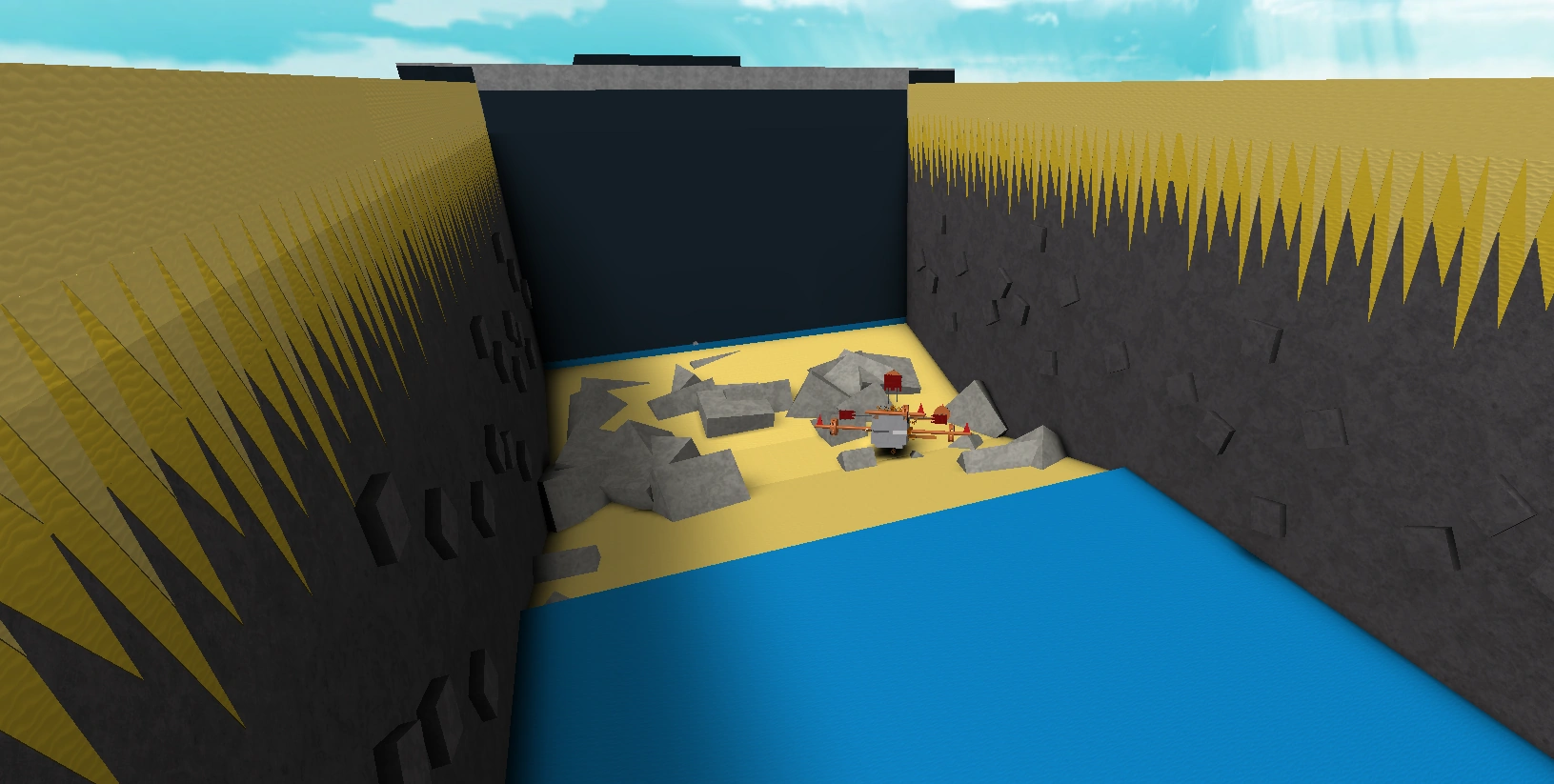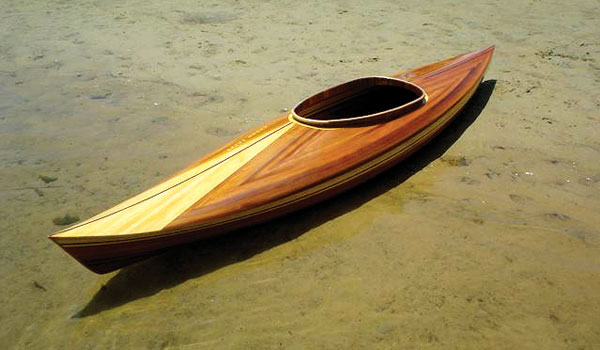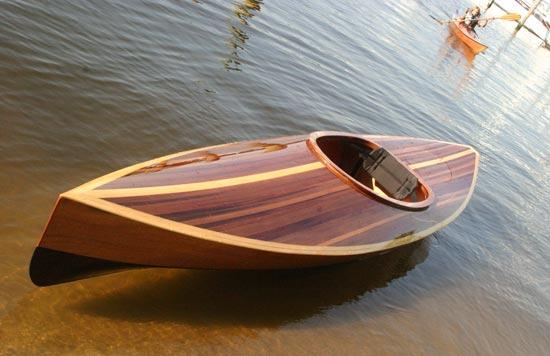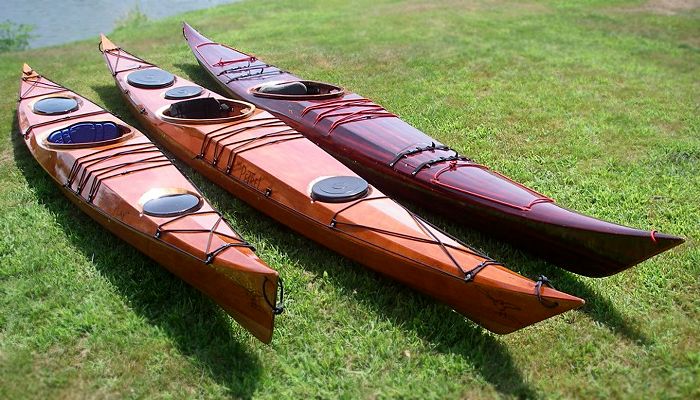Featured Posts
Minggu, 06 April 2025
High-Performance Wooden Boat Plans for Professionals and Hobbyists
High-Performance Wooden Boat Plans for Professionals and Hobbyists
Hey there, fellow boat enthusiasts! So you're looking to build a high-performance wooden boat? Fantastic! Whether you're a seasoned pro with sawdust permanently ingrained in your fingernails or a hobbyist just itching to get your hands dirty (literally!), this guide is for you. Building a wooden boat is a rewarding journey, a blend of artistry and engineering that results in something truly special. But let's be honest, it's not a walk in the park. This is about crafting a vessel that cuts through the water like a knife, a beauty that's both functional and breathtaking. Let's dive in!
Choosing the Right Design: More Than Just Looks
The first step, and arguably the most crucial, is selecting your plans. Don't just grab the first pretty picture you see! Consider these factors:
Your Skill Level:
Honestly assess your woodworking abilities. Are you comfortable with complex joinery? Do you have experience working with various wood types? Beginner plans are readily available, focusing on simpler designs and techniques. As your skills grow, you can tackle more intricate projects. Don't bite off more than you can chew – you'll be much happier (and less frustrated) in the long run.
Boat Type & Intended Use:
What kind of boat are you dreaming of? A sleek racing shell? A sturdy fishing boat? A graceful classic yacht? Each type demands a different design approach. Think about how you'll use the boat: calm lakes, open ocean, or something in between? This directly impacts the hull design, materials, and overall construction.
Material Selection:
Wood is far from a one-size-fits-all material. Popular choices include cedar, mahogany, and oak, each with its own strengths and weaknesses. Cedar is lightweight and rot-resistant, ideal for smaller boats. Mahogany offers both strength and beauty, making it a favorite for classic designs. Oak is incredibly durable but heavier, suitable for more robust vessels. Research the properties of different woods and choose one that aligns with your project's requirements and your budget. Remember, quality lumber is paramount – don't skimp here!
Understanding the Plans: Deciphering the Blueprint
Once you've chosen your plans, take the time to thoroughly understand them. Don't just glance over the diagrams. These aren't just pretty pictures; they're your roadmap to success. Look for details like:
- Material lists: Ensure you have all the necessary wood, fasteners, epoxy, and other supplies.
- Detailed drawings: Study each view – side, top, bottom – to fully grasp the boat's shape and construction.
- Joinery techniques: Understand how the different components fit together. Familiarize yourself with terms like scarf joints, rabbets, and carvel/strip planking.
- Construction sequence: Follow the steps precisely. The order of operations is crucial for a structurally sound boat.
If anything is unclear, don't hesitate to seek clarification from the plan provider or from experienced boatbuilders. Online forums and woodworking communities are invaluable resources.
The Building Process: A Step-by-Step Guide (Simplified!)
Building a wooden boat is a multi-stage process, varying considerably depending on the design and your chosen building method (strip planking, carvel, stitch-and-glue, etc.). However, some common steps include:
1. Preparing the Lumber:
This involves carefully milling your lumber to the exact dimensions specified in the plans. Accuracy is key here – any discrepancies will ripple through the rest of the project.
2. Constructing the Frame:
Many designs begin with the construction of a strong frame, often using ribs and a keel. This provides the foundation for the hull.
3. Planking the Hull:
This is where the hull takes shape. Whether you're using planks, strips, or another method, this stage requires precision and patience. Proper fitting and fastening are vital to ensure watertightness.
4. Finishing the Hull:
Once the hull is complete, it needs to be faired (smoothed) and then coated with epoxy and/or paint to protect it from the elements.
5. Deck and Cockpit Construction:
Depending on the design, you'll construct the deck and cockpit. Again, precision and attention to detail are essential.
6. Finishing Touches:
Adding details like seats, oars, and other fittings completes your beautiful creation. Remember to meticulously sand and varnish or paint the exterior for a stunning finish and long-lasting protection.
Beyond the Plans: Seeking Guidance and Support
Don't underestimate the value of community! Join online forums, attend boatbuilding workshops, and connect with experienced builders. They can offer invaluable advice, troubleshoot problems, and provide encouragement. Remember, even experienced boatbuilders encounter challenges – it's part of the process!
Frequently Asked Questions (FAQ)
Q: How long does it take to build a wooden boat?
A: It depends heavily on the boat's size and complexity, as well as your experience and the time you can dedicate. Simple designs might take months, while more complex projects could take years.
Q: How much does it cost to build a wooden boat?
A: Costs vary greatly depending on the size, materials, and your level of skill (DIY vs. professional). Factor in lumber, epoxy, fasteners, tools, and any potential professional help.
Q: Do I need special tools?
A: Yes, some specialized tools are helpful, but many can be rented or borrowed. Essential tools include various saws, planes, chisels, clamps, and a good measuring system.
Q: What if I make a mistake?
A: Mistakes happen! Don't panic. Woodworking often involves problem-solving and creative fixes. Consult your plans, seek advice, and don't be afraid to adjust your approach.
Q: Where can I find high-quality wooden boat plans?
A: Many reputable sources offer plans, both online and in print. Look for plans from established designers with positive reviews. Consider reputable suppliers and boat building magazines.
Building a high-performance wooden boat is a challenging but ultimately rewarding experience. With careful planning, dedication, and the right resources, you can craft a magnificent vessel that will bring you years of enjoyment on the water.
Step-by-Step Wooden Boat Building Plans for Beginners
Building Your First Wooden Boat: A Beginner's Guide
Hey there, future boat builder! So you're dreaming of crafting your own wooden boat? That's awesome! It's a challenging but incredibly rewarding project. This guide isn't going to magically transform you into a master shipwright overnight, but it will give you a solid foundation and a roadmap to navigate the process. We'll break it down step-by-step, focusing on a simple design perfect for beginners. Think small, manageable, and hugely satisfying.
Choosing Your Design: Small is Beautiful (and Easier!)
Let's be honest, tackling a 30-foot schooner as your first project is… ambitious. For beginners, a small boat is your best friend. We're talking something like a simple pram, a small rowboat, or even a kayak. These designs minimize complexity, making the build manageable and less intimidating. You can find free plans online (search for "free wooden boat plans for beginners") or purchase relatively inexpensive plans from woodworking suppliers. When choosing, look for:
- Simple lines: Avoid intricate curves and complex shapes.
- Minimal parts: Fewer parts mean less cutting, shaping, and fitting.
- Detailed plans: Clear, easy-to-understand plans are essential.
- Suitable wood: Consider readily available and relatively inexpensive wood like cedar or pine.
Don't be afraid to ask for advice! Join online forums or woodworking groups—other builders are a fantastic resource and can offer valuable insights.
Gathering Your Tools and Materials
Essential Tools:
You won't need a massive workshop, but you'll need a few key tools. Don't worry about buying the most expensive brands initially. Used tools are often a great bargain.
- Measuring tape: Accurate measurements are paramount.
- Hand saw: A good quality hand saw is crucial for precise cuts.
- Chisels: Various sizes for shaping and fitting.
- Hammer: For driving nails and fasteners.
- Screwdrivers: Phillips and flathead.
- Clamps: Many, many clamps! You'll need them to hold pieces together while the glue dries.
- Safety glasses and hearing protection: Safety first!
- Wood plane: For smoothing surfaces.
- Sandpaper: Various grits for smoothing.
- Drill and drill bits: For pilot holes and fastening.
Essential Materials:
Your chosen plan will detail the specific materials, but generally you'll need:
- Wood: The type and quantity will depend on your plan. Remember to buy extra – mistakes happen!
- Fasteners: Screws, nails, or boat-building specific fasteners.
- Wood glue: Marine-grade wood glue is essential for a strong, waterproof bond.
- Epoxy resin (optional): Epoxy can add extra strength and water resistance.
- Wood filler: For filling imperfections.
- Paint or varnish: To protect the wood from the elements.
Building Your Boat: A Step-by-Step Guide
This is where the real fun (and work) begins! Your plans will be your bible. Follow them religiously. Each boat design is unique, but here are some general steps:
1. Preparation is Key:
Before you even pick up a saw, carefully review your plans. Understand each step, identify the components, and organize your materials. This will save you time and frustration later on.
2. Cutting and Shaping:
Cut all your wood pieces according to the plans. Use a sharp saw for accurate cuts and take your time. Measure twice, cut once! Use a wood plane and sandpaper to smooth any rough edges and ensure a proper fit.
3. Assembly:
This is where you'll start putting the boat together. Carefully follow the instructions in your plans. Use clamps to hold pieces together while the glue dries. Take breaks if you get frustrated – rushing leads to mistakes.
4. Fine Tuning and Finishing:
Once the glue has dried completely, examine your work. Fill any gaps or imperfections with wood filler. Sand everything smooth, ensuring a professional finish. This is where the patience and attention to detail really pay off.
5. Finishing Touches:
This is the exciting part! Apply paint or varnish to protect your beautiful creation. Follow the manufacturer's instructions for best results. Consider adding any extra features like oars, seats, or a rudder (depending on your boat design).
Launching Day!
After all your hard work, the moment you've been waiting for finally arrives: launching your boat! Choose a calm day and a suitable location. Take your time, and enjoy the fruits of your labor. This is a moment you'll never forget!
Commonly Asked Questions
Q: How long does it take to build a wooden boat?
A: It depends heavily on the size and complexity of the boat, as well as your experience level. A simple pram might take a few weeks, while a more complex design could take months or even longer.
Q: What type of wood is best for beginners?
A: Cedar and pine are popular choices for their affordability, workability, and relatively good rot resistance. However, your chosen plans might specify a different wood.
Q: Do I need a workshop?
A: Ideally, having a dedicated workspace is helpful, but you can build a small boat in a garage or even a well-organized backyard. Just ensure you have adequate space and good lighting.
Q: What if I make a mistake?
A: Don't panic! Everyone makes mistakes, especially beginners. Carefully assess the situation, and if possible, correct the mistake. If it's too significant, don't be afraid to start over—you'll learn from it.
Q: How much does it cost to build a wooden boat?
A: Costs vary drastically depending on the size and materials used. However, building your own boat is often considerably cheaper than buying a similar pre-made vessel.
Happy building! Remember to have fun, be patient, and enjoy the process. Your first wooden boat is a testament to your skills and dedication – something you'll be incredibly proud of.
Kamis, 05 November 2020
Diy canoe roof rack
Imagery Diy canoe roof rack




Homemade boat trailer guides Closeout
Foto Results Homemade boat trailer guides


Glitches in build a boat for treasure 2020 Buying
Case in point Glitches in build a boat for treasure 2020




Rabu, 04 November 2020
Strip kayaks kits Bargain
Images Strip kayaks kits



Staining marine plywood Alleviate
Imagery Staining marine plywood



